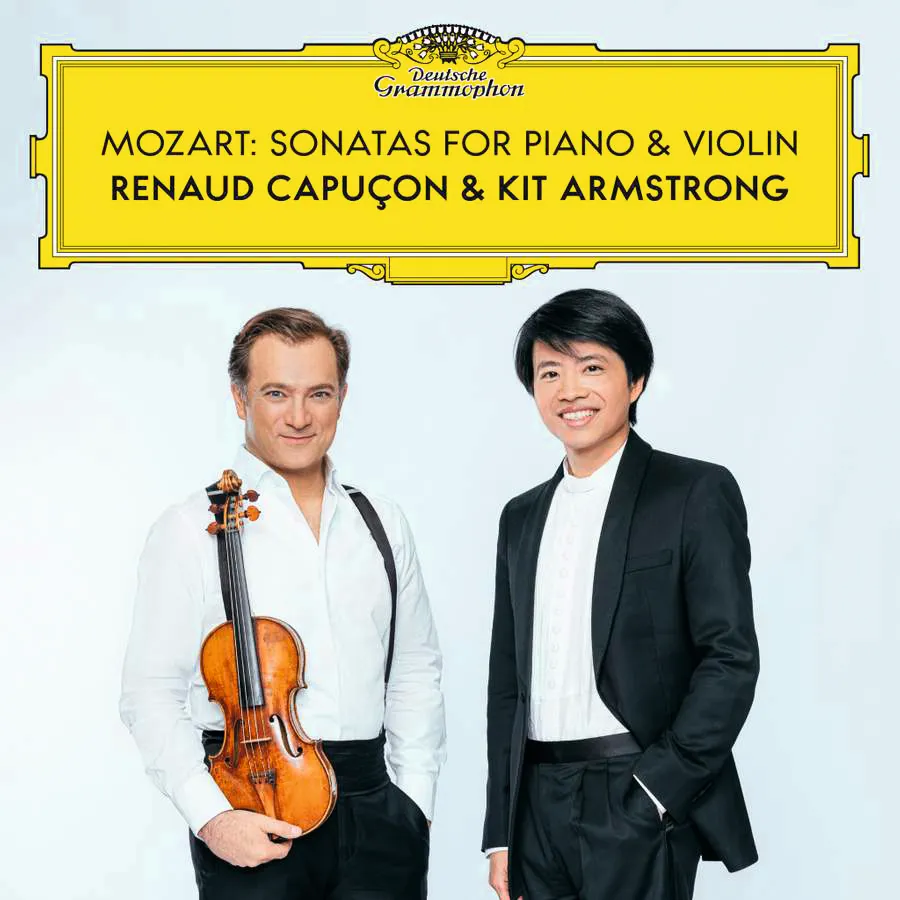
Mozart Violin Sonatas Nos 17-28, 32-33 & 35-36; 12 Variations in G on ‘La Bergère Célimène’; Six Variations in G minor on ‘Hélas, j’ai perdu mon amant’ Renaud Capuçon (violin), Kit Armstrong (piano) Deutsche Grammophon 486 4463 297:15 mins (4 discs)
About half of Mozart’s 32 violin sonatas were written when he was still a small boy. While these are a remarkable feat by a child prodigy, they‘re kids’ stuff nonetheless, and Renaud Capuçon’s decision to leave them out of this otherwise comprehensive survey is fair enough. At that stage in the medium’s development, the piano had generally taken the lead, with the violin in a supporting role. This sequence begins with a group of works written when Mozart was 22, exploring the genre’s possibilities with a now much wider inventive range.
Already the newly devised shifting of the two instruments between foreground and background activity is masterfully handled; and Mozart’s irresistible creativity comes up with one appealing surprise after another, like the ongoing interplay between slow and fast passages in both movements of the C major Sonata K303. The two sets of Variations are lightweight material, but fun. The later B flat Sonata K454, however, is a fully-fledged masterwork, with an exceptionally beautiful Andante second movement; Mozart composed it for a visiting Italian violin virtuoso, improvising the piano part during the first performance. The technically demanding A major Sonata K526, too, is a big-scale achievement on the same level.
Kit Armstrong, playing on a modern Bechstein piano, performs with state-of-the-art poise and restraint throughout, although there’s a sense that Capuçon is meanwhile keeping his huge resources of violin tone under quite conscious control. With that proviso, these are top-flight interpretations, likeably capturing the music’s freshness of spirit.
Malcolm Hayes